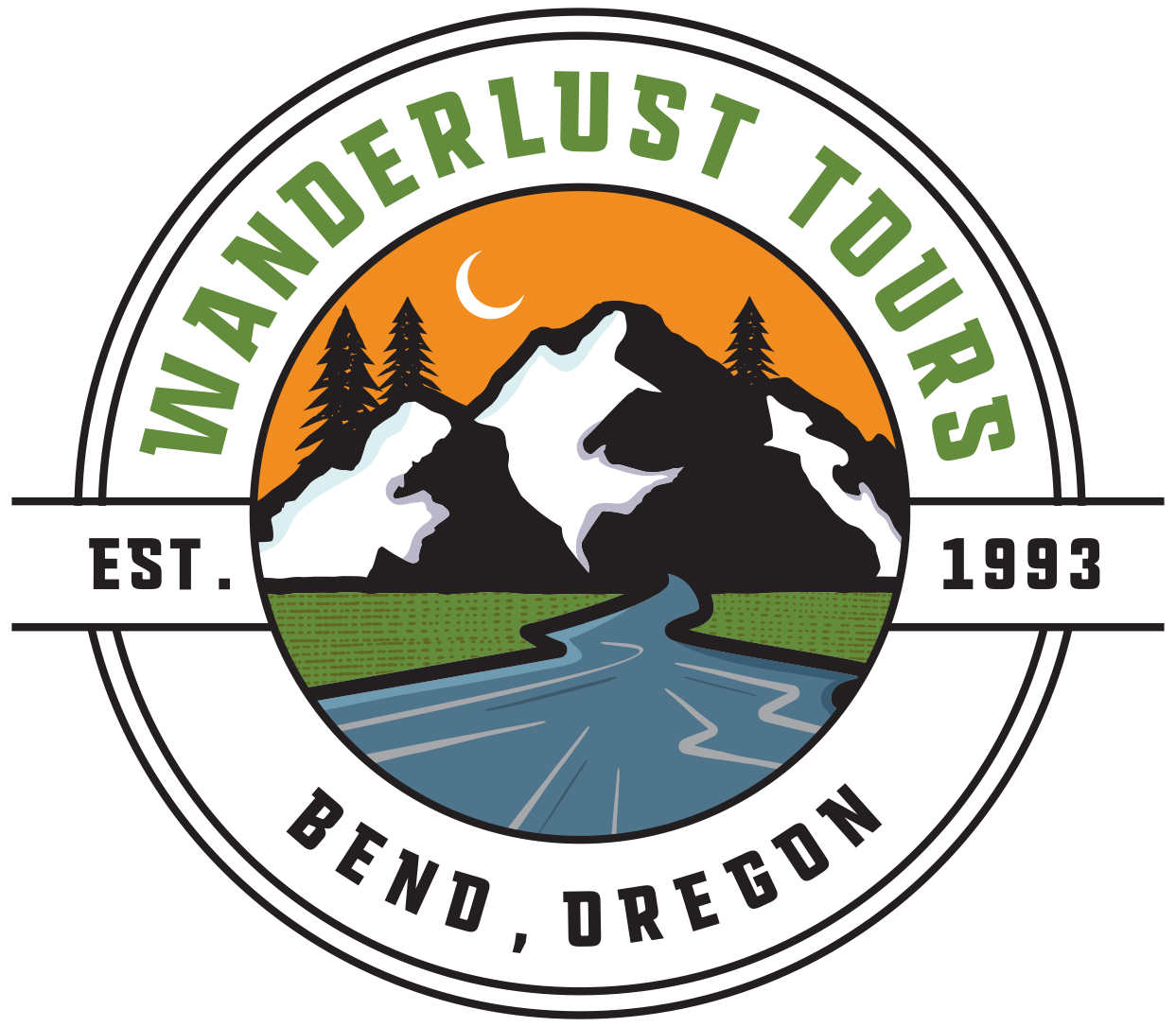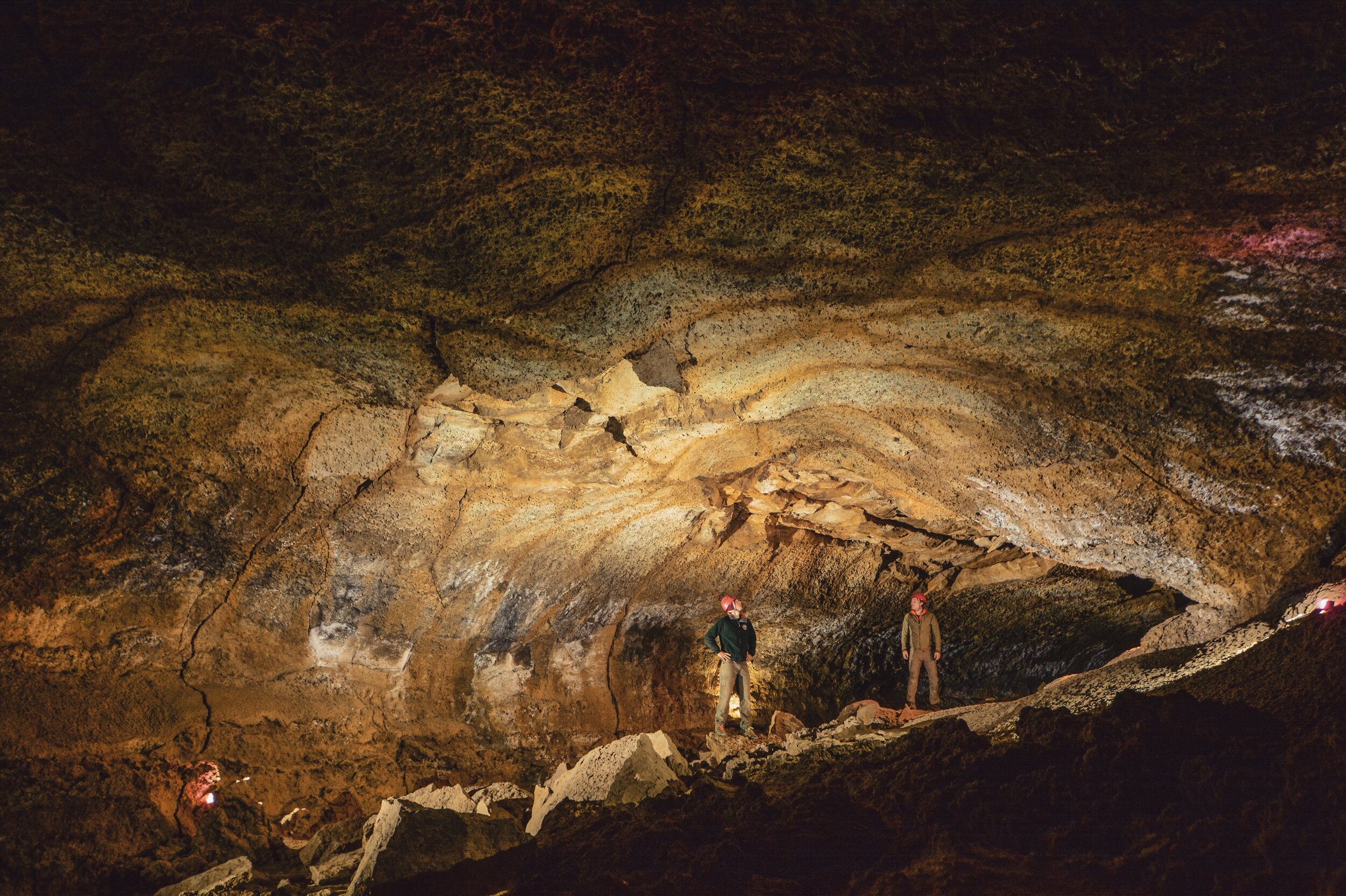LEARN ABOUT exploring responsibly & SHARE YOUR KNOWLEDGE BELOW FOR THE CHANCE TO SCORE a copy of Ineffable!
For over a quarter century, Wanderlust Tours has been caring for the beautiful Central Oregon landscape and bringing our community together through volunteer events.
Every year Central Oregon’s outdoor spaces see an increase in cherished use. To preserve these special places, there are many easy actions we can all take. We have shared a few to build awareness. We ask you to please share below your stewardship practices and consider signing up for one of our Volunteer Events which bolsters ecosystems!
VOLUNTOURISM
Central Oregon is a special place. We do our best to keep it that way.
We organize regular clean-ups with small groups and company outings. Join Us!














